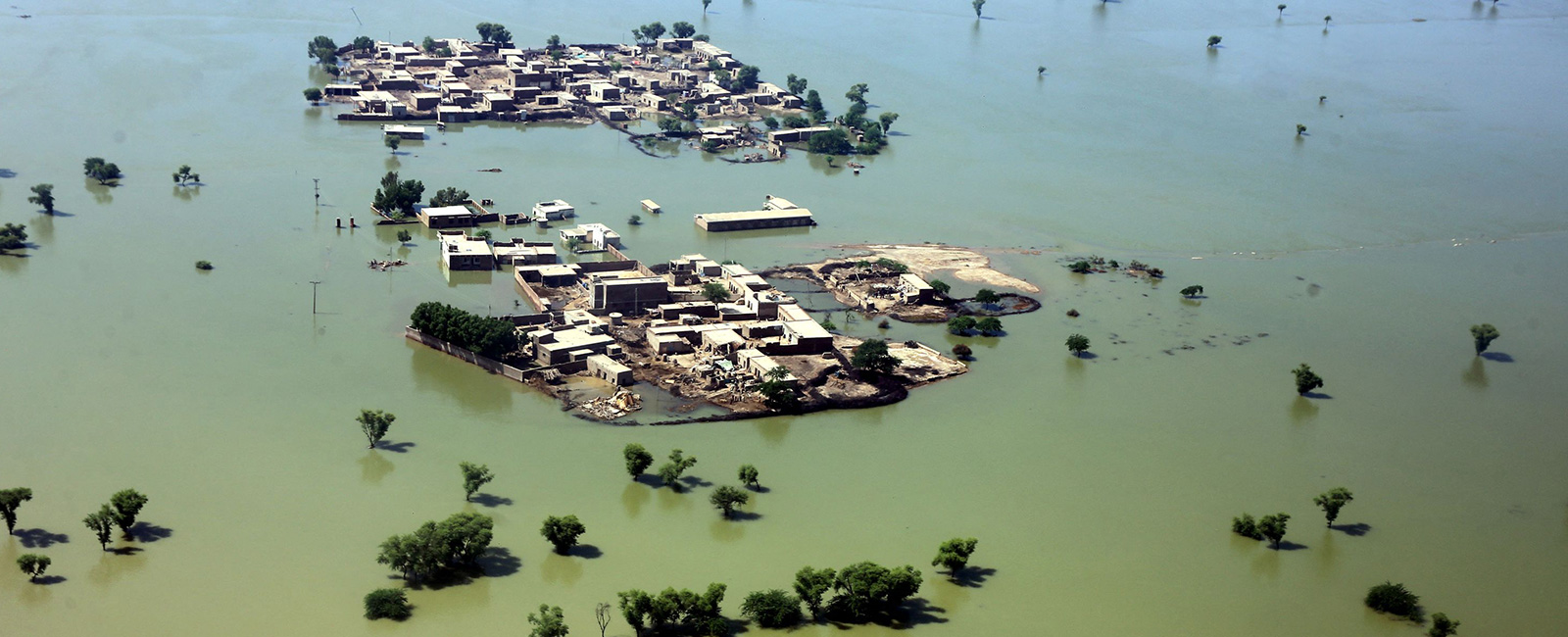Recipe for disaster: Silted Guddu-Kotri stretch, sidelined FFC behind Sindh flooding
Failure to arrange Rs332.246b to implement NFPP-IV and squeezed role of Federal Flood Commission contributing factors

ISLAMABAD: The silted Guddu-Kotri stretch in the Indus River, the failure to arrange Rs332.246 billion funding required to implement the National Flood Protection Plan (NFPP)-IV, and squeezed role of the Federal Flood Commission (FFC,) apart from unprecedented rains in Sindh and Balochistan, and hill torrents in DG Khan and Rajanpur, played a catastrophic role in increasing the devastation caused by floods manifold.
A background discussion with top officials of the Ministry of Water Resources, FFC, and Indus River System Authority (IRSA) brought to the fore the factors leading to the disastrous deluge, far worse than that of 2010.
According to these officials, the Guddu-Kotri reach has been heavily silted, dangerously reducing the depth of the river bed, which caused the Indus to spill from its banks.
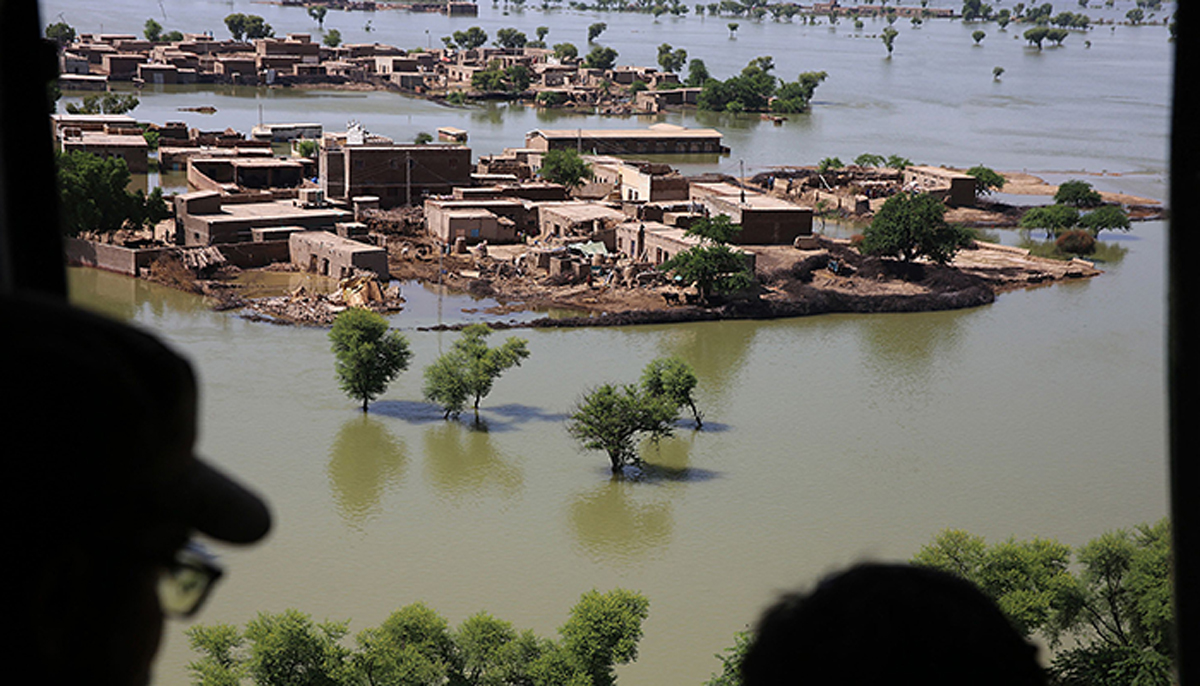
Due to the massive siltation in the reach, the river water easily flowed out of the brims causing unprecedented havoc in the low riparian Sindh.
Aside from this, dykes have also been built by influential landowners in the river bed to make lake-like structures, allowing water for agricultural purposes in the leaner years, which further squeezed the river bed.
Together, these factors only allowed 800,000 cusecs of water to flow instead of 1,200,000 cusecs that used to pass quite uninterrupted without causing an incident.
The settlements established by influential landlords, including those by the famous spiritual leader of Sindh, on the plains of the Indus Rivers for the cultivation of crops, also caused greater damage.
Furthermore, over the years, the FFC's capacity to deal with flood protection plans has been eroded, while its role has also been squeezed in the National Disaster Risk Management Fund (NDRMF).
So much so that the NDRMF and provincial governments complete projects related to the mitigation of floods ignoring the FFC.
More importantly, donor agencies are directly in contact with provincial governments, ignoring the FFC.
The FFC still deals with need-based flood mitigation projects.
When FFC Chairman Ahmed Kamal was asked why it failed to implement the National Flood Protection Plan-IV (NFPP IV), he said on May 2017, the Council of Common Interests (CCI) approved the NFPP-IV worth Rs332.246 billion.
The PC-1 was approved with the Centre providing financing of 50% while 50% was to be put up by the provincial governments.
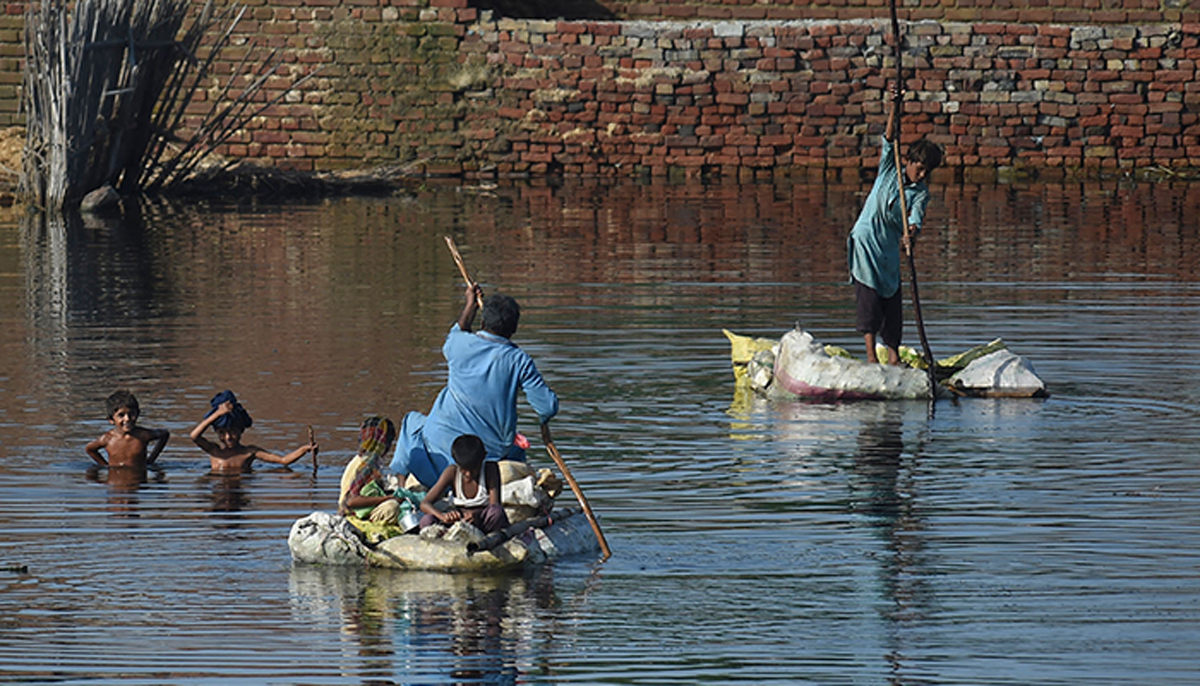
But later on, in a pre-CDWP meeting held in April 2019, it was observed that there is "no fiscal space" to arrange the financing for the plan. So the top decision-makers, in consultation with provincial irrigation departments, reduced the plan with priority projects worth Rs95.98 billion and in the October 2020 CWDP meeting, asked Economic Affairs Division (EAD) to contact international donors.
The EAD contacted World Bank, Asian Development Bank (ADB), Kuwait Fund, Saudi Fund, Japan International Cooperation Agency (JICA), and USAID but failed to arrange the funds.
However, in 2021, CDWP was told by EAD that the World Bank and ADB are now considering funding the NFPP-IV.
The ADB on January 26, 2022, said that their mission will arrive in Pakistan by May 21 and will remain till June 30 when they will provide funding under the Climate Resilient Programme.
Meanwhile, the ready-to-implement projects from provinces were forwarded to the National Disaster Risk Management Fund.
The NDRMF, in its financing, has a 70% share from ADB and 30% from the Government of Pakistan. Out of 30%, the Centre and provincial governments would share 50%-50% funding.
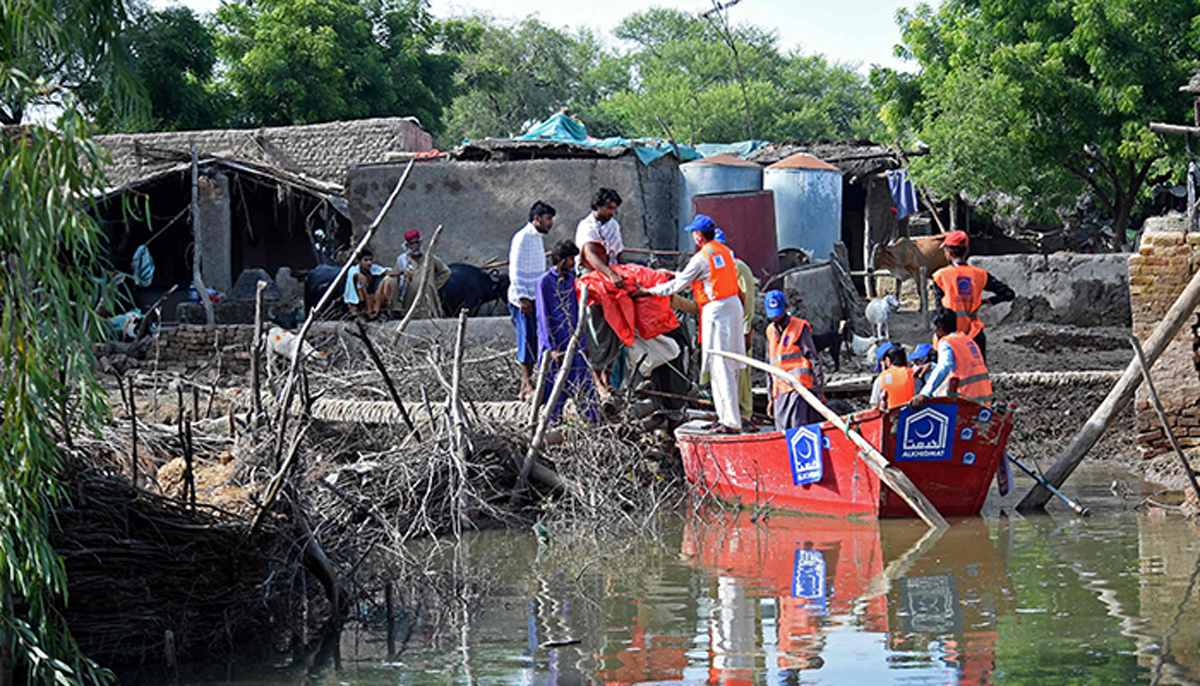
The NDRMF will technically assess whether the projects are technically feasible or not and will be finalised by September 30. In the said project, there is no role for FFC, and this is how it has been squeezed.
When asked why FFC failed to increase its spending capacity by more than 25% in the first three national flood protection plans, the official at the FFC admitted that it spent Rs25 billion in the first three plans against the demand of Rs124 billion.
He said that there were also loans from ADB and the Manila-based bank completed many schemes in the first three plans.
He said consultants had noted that the provincial governments lacked the professional capacity to spend the amount on the projects related to mitigating the flood.
He referred to the breaching of 9 small dams in Balochistan, arguing it exposed the professional capacity to spend and build the dams.
Meanwhile, Arshad H Abbasi, Pakistan’s eminent water expert explained that the "inept officials" of the climate ministry "wrongly used the climate change term" to justify heavy rains, whereas during the last decade, the north-westerly monsoon has significantly shifted southwards, increasing the rainfall considerably in Karachi and Sindh.
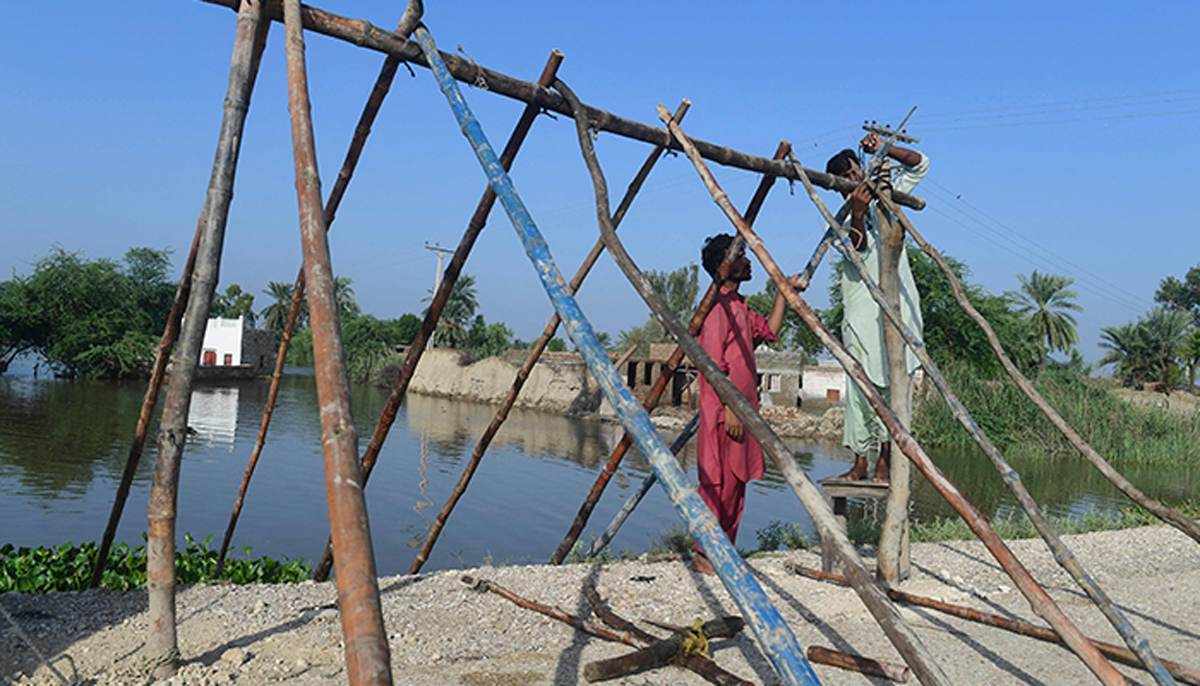
Earlier, a 2010 Judicial Flood Inquiry Tribunal report, titled ‘A Rude Awakening’, conducted and authored by a former Judge of the Lahore High Court, Justice Mansoor Ali Shah, with regard to the 2010 floods, said the FFC works under the Ministry of Water & Power.
The FFC has the right to plan, monitor, and execute flood control projects for the effective management of floods. Since its establishment in 1976, it has spent Rs35.8 billion and $400 million (Rs34 billion) on flood mitigation projects before the 2010 flood.
In the 2010 report, the current chairman and the previous chairman were held accountable for their failed stewardship of the Commission since 1977.
The country does not have an Integrated Flood Management Plan and this omission is criminal; the chairman must be held accountable for it, the report said.
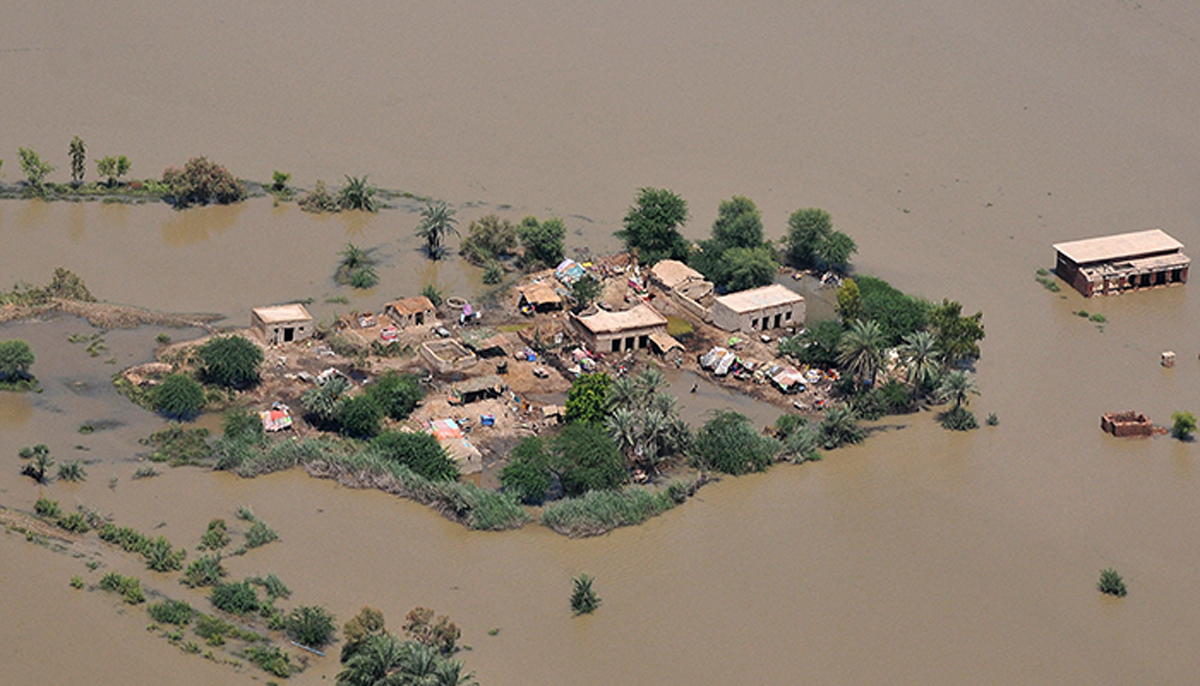
We recommend the federal government hold a detailed audit of the FFC by a panel of experts including members of civil society to assess the performance of the FFC since its inception, the report said.
The report also raised questions as to why FFC failed to develop a Flood Management Plan and how and why the FFC continued to approve localised flood sector schemes without first assessing their need in the larger context of the Flood Management Plan.
“FFC needs to be pulled out of its cocoon — it is not to act as a lame secretariat or a post office for the PIDs but must immediately assume its real role as a principal flood sector authority of the country.”
The report recommended that the federal government ensure that FFC develops the first-ever National Flood Management Plan before the start of the next flood season and shares it with the flood managers of the provinces.
In doing so, FFC is to have a participatory approach and should involve the local residents of the area.
FFC must display the said plan on its website for broader dissemination, the report added.
Originally published in The News



